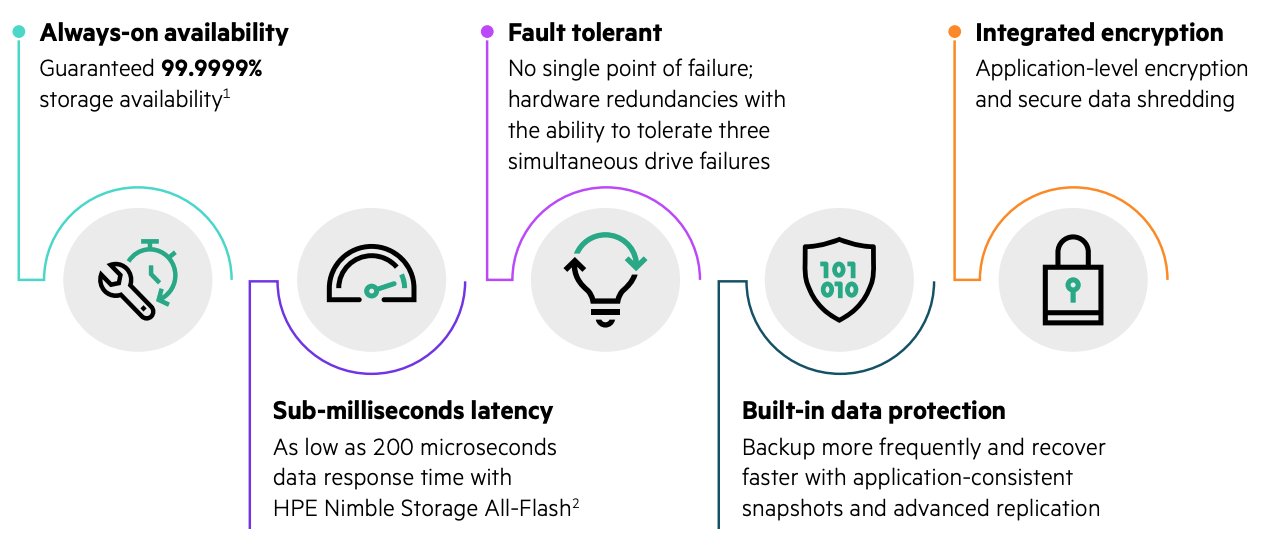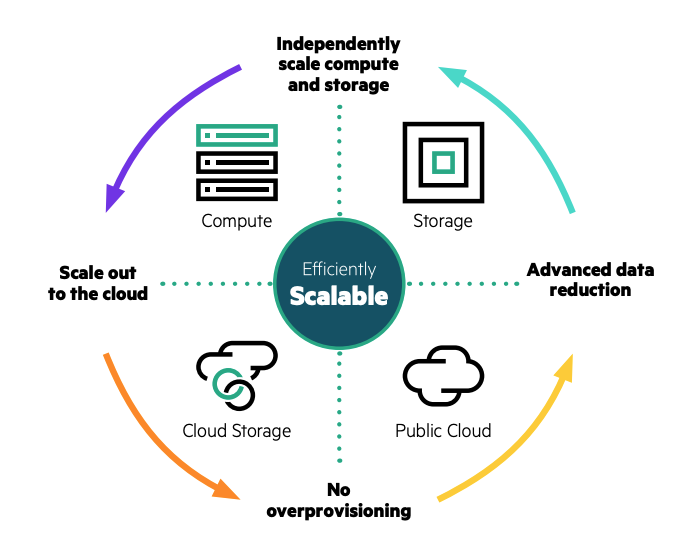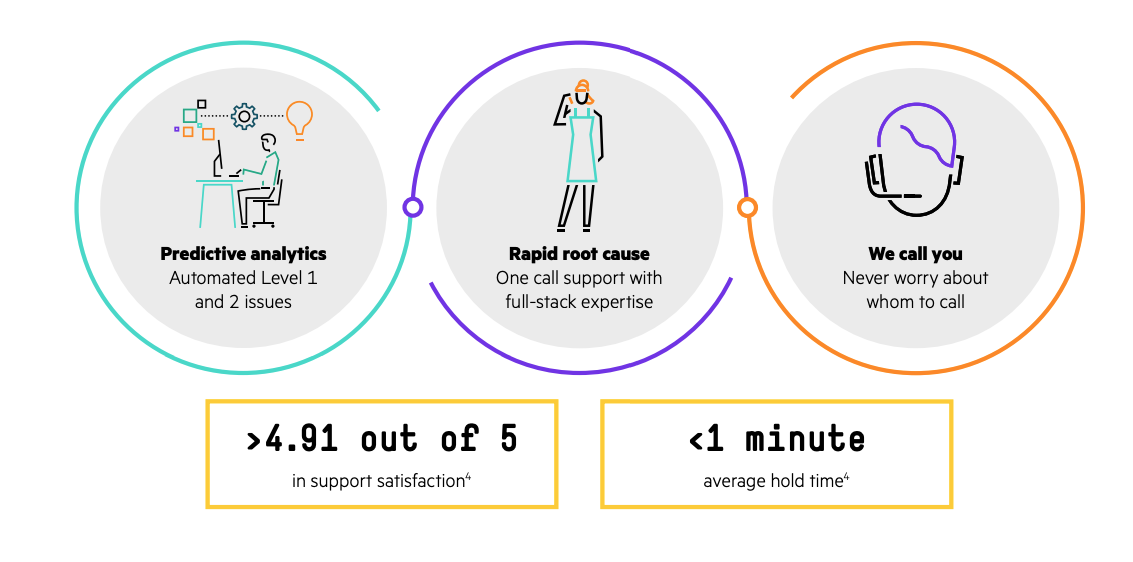
Survival is one thing. Thriving is another. Business has always been complex, but now there are more challenges than ever before. With little forewarning, small and mid-sized businesses (SMBs) have found themselves at the epicenter of events that have shaken local and global economies to the core. In a few short months, most employees began working remotely and customer needs changed significantly.
The scramble to find solutions has seen many more SMBs shift to subscription- and cloud-based services. The benefits are clear: reduced downtime, easy access to tools and programs for remote workers, and centralized management of applications. Those that have invested in platforms with virtual and digital services have maintained most operations, been able to look after their customer base and cash flow, and to survive. In the short term. But surviving in business is one thing—thriving is another.
So.. what’s next?
Thriving beyond the current crisis means investing in an IT plan with benefits that are usually reserved for enterprise-level businesses. Digitization needs to be accelerated to lightning speed, within budget constraints.
So what are some of the digital capabilities that can help move you out of survival mode? They include:
- Deploying Artificial Intelligence (AI) to understand key customer behaviors and improve your sales and marketing strategies.
- Solving IT problems before they impact the business, again using self-managing AI infrastructure. Downtime is no longer an option.
- Optimizing supply chains for faster delivery and better customer experience.
- Developing great remote customer interaction. Websites, online shops, and email signups are no longer nice-to-haves for most SMBs. The growth in online customer interaction was steadily growing even before the pandemic, and there are now few people who don’t want this convenience. Easy, seamless, self-service user experiences are essential to driving sales in a virtual environment. This could include AI and chatbox technology to enable faster onboarding, and performance metrics to measure success and effectiveness.
- Taking care of collaboration. The need for live-streaming and effective information sharing is not going away.
All of these depend on having a rock-solid IT foundation. At first hyper-converged infrastructure (HCI) looked like it would meet SMB needs—but it has severe limitations.
Wasn’t HCI supposed to take care of these problems?
Hyper-converged infrastructure (HCI) is one way that businesses have tried to take care of their digital transformation needs. This is a system that combines server hardware and storage resources with intelligent software in a single box. It replaces legacy infrastructure consisting of separate servers, networks and storage, which means it is easy to add new capacity—just slot in another box or “node”. This is one of the technologies that enabled remote workers to enjoy the same power and speed they were used to at the office through virtual desktops. It meant new applications and services could be delivered anywhere and at any time, all more quickly and securely than before. On paper, it looks perfect: cloud-like simplicity and scale, improved agility and ease of management, easy to scale up and down just by adding a new node using industry-standard hardware. Unfortunately, there’s a catch: You end up paying for more resources than you really need.
Limited Power And Efficiency
HCI works if the need for more processing power and the need for more storage increase together, at the same rate. When you add new employees, it’s fairly easy to predict what new computing resources they will need, and slot in the appropriate number of nodes to give all the storage and processing power you need, all at once.
But not everything is so neatly predictable. In reality, HCI has forced businesses to choose: Do I get all the processing power this fancy new application needs to run reliably, and pay for accompanying storage I won’t really use? Or alternatively, do I add the storage that this new flood of data requires, and swallow the cost of the unnecessary extra computing power? Compute and storage needs don’t always scale at exactly the same pace, particularly for unpredictable workloads.
Not All Workloads Are Equal
IT workloads are often split up so that the load is spread evenly across the available resources, helping to keep systems stable. In addition, workloads are usually tiered: Tier 1 apps are the mission-critical ones that an organization can’t do without, like customer relationship management systems (CRMs) or resource-planning data. These get first priority when resources are assigned and are usually allocated to the most high-performance, secure (and more expensive) servers.
The first generation of HCI is an ideal match for virtual desktops and tier 2 virtual workloads. But it lacks the granularity and control required to ensure tier 1 applications get the dedicated access, speed, and resilience they need. Organizations that use HCI for tier 1 applications do not always get the seamless, cloud-like experience they expected. Instead, they face an unacceptable trade-off between simplicity and performance.
HCI 2.0 from HPE was developed to solve these problems.
There’s an Intelligent Solution: HCI 2.0 from HPE
Traditional HCI isn't cheaper, isn't powerful enough and doesn't fix bad performance. HCI 2.0 from HPE solves these problems.
The second generation of HCI, in the shape of HPE Nimble Storage dHCI with HPE InfoSight and HPE ProLiant, brings together the best of HCI and converged architectures on a flexible platform—with truly independent scaling of compute and storage. The results for users are less downtime because there are no bottlenecks in network traffic, and no lags in performance because resources are tailored to requirements.
The International Data Corporation (IDC), which provides independent market intelligence and advisory services for IT professionals, has this to say:
“HPE Nimble Storage dHCI combines the unified and simplified management paradigm of HCI with the capabilities of true enterprise-class disaggregated storage. Unique integration points in this platform include built-in automation software for simple cluster deployment and scaling and centralized management based on VMware vCenter. These features, combined with enterprise-class performance, availability, and storage management functionality, also differentiate this platform from other HCI and converged offerings in the market.”
It’s Intelligently Simple
HCI 2.0 reduces complexity by streamlining IT operations with AI-driven predictive analytics. It's simple to deploy, manage, scale and support.
- With just 15 minutes from rack-to-apps with server and storage automation, HPE 2.0 is simple to deploy
- It’s simple to manage, featuring VM-centric data services and resource management
- Scale with ease - HCI 2.0 auto-discovers new resources and transparently upgrades
- Predictive support automation and problem prevention means HCI 2.0 is simple to support
Absolutely Resilient and Secure
HCI 2.0 is absolutely resilient: Costly downtime and firefighting are virtually eliminated with 99.9999% availabilty3.

And Efficient
A better total cost of ownership is guaranteed because HPE 2.0, unlike traditional HCI, scales compute and storage independently. Disaggregated scaling means efficiency with no more costly overprovisioning.

With Expert Support
Businesses have better things to do than fighting IT fires. HCI 2.0 from HPE means time and skills can be used more efficiently because problem-solving is left to predictive analytics and expert support services.

Independent Experts Say…
For the IT decision-makers, Storage Switzerland founder and lead analyst George Crump describes HCI 2.0 like this: “[It] is a combination of enhanced hardware and software designed specifically to meet the demands of tier 1 workloads. It can handle both tier 1 applications and multi-tenant, mixed workload environments, all within the same cluster. HCI 2.0 also delivers extreme cluster efficiencies which maximize the utilization of each node. HCI 2.0 not only reduces HCI sprawl, it also reduces node sprawl by supporting a mixture of workloads with a minimal amount of highly utilized nodes.”5
“This offers the best of both HCI and converged architectures.” – IDC
The IDC adds: “This solution offers the best of both HCI and converged architectures, it will likely compete with both type of competitive offerings. There is no doubt that the platform will broaden the types of larger, more mission-critical workloads that HCI platforms can effectively support.”6
Want to dive deeper into the second generation of HCI? Learn more on our Top 5 Reasons to consider HPE Nimble Storage dHCI blog.
If you are interested in discussing HPE Nimble dHCI with an expert (and off the blog!), reach out to us and we’ll get you in touch with our storage architect.
1 “HPE Introduces a New Disaggregated HCI Architecture with HPE Nimble Storage dHCI”, IDC White Paper by Eric Burgener, October 2019.
2 “Top 5 reasons to consider HPE Nimble Storage dHCI”, February 2020.
3 “HPE Get 6-Nines Guarantee”, HPE Nimble Storage, September 2017.
4 “HPE Storage Substantiation”, May 2020.
5 “HCI 2.0”, Storage Switzerland e-book by George Crump, 2019. 6 “HPE Introduces a New Disaggregated HCI Architecture with HPE Nimble Storage dHCI”, IDC White Paper by Eric Burgener, October 2019.
Blog repurposed from HCI 2.0 FROM HPE HOW IT CAN HELP YOUR BUSINESS THRIVE
